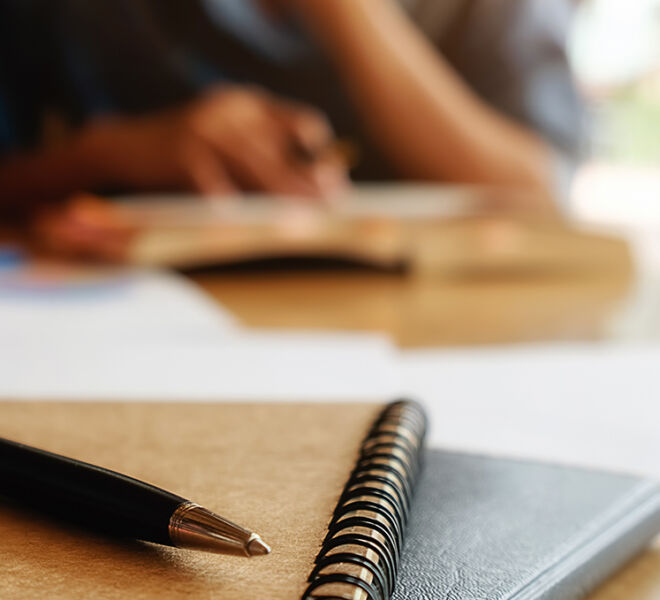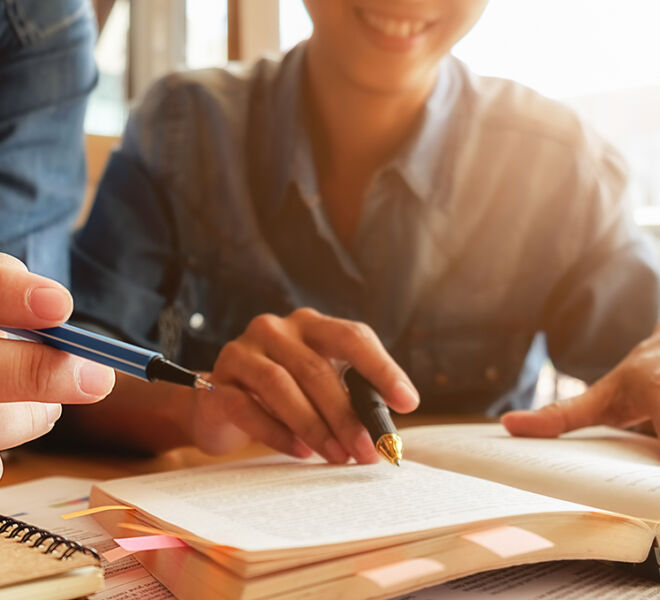
10 TIPS TO ACE ANATOMY & PHYSIOLOGY
Anatomy and Physiology can be a difficult subject to master, but there are several tips and tricks you can use to make it easier. Whether you're preparing for a test, writing a paper, or simply trying to understand the material, these 10 tips will help you ace your Anatomy and Physiology course.
1. Know Your Organ Systems
The body's organs are responsible for the exchange of nutrients and products between different parts of the body. To maintain optimal health, it is important to understand which organs are involved in which tasks.
2. Use Visual Aids to Memorize Structures
visual aids can help you remember structures and their relationships.


3. Understand the Physiological Processes
The physiological process of respiration is the process by which an individual's blood flow and oxygenation is controlled.
4. Practice Clinical Correlations
The purpose of this subsection is to provide an overview of how correlations between clinical symptoms and psychopathology can be used to diagnose and treat patients. This subsection will focus on the development and use of clinical correlations between symptoms and psychopathology in Forensic and Psychiatric settings.
1
1. "Anatomy is the study of the structure and function of the body."
2
2. "Physiology is the study of the body's functions and the structure and function of its organs and tissues."
3
3. "Anatomy is the foundation of physiology and can be used to learn about the body's structure and function."
5. Utilize Mnemonic Devices
Mnemonic devices are devices that help remember information. They can be simple or complex, but they all share one common goal: to help you remember what you are thinking. There are many different Mnemonic Devices, and each one has its own set of benefits and drawbacks. Here are five of the most popular Mnemonic Devices:
1. The Mnemonic Device of the Middle
The Mnemonic Device of the Middle is a simple device that helps you remember the order of events in a story. It is composed of two words, the first word is the beginning of the story, and the second word is the end. The order of events in a story is usually remembered by associating the beginning of the story with the middle word, and the end with the end word. For example, the beginning of the story might be called "The Beginning," and the ending might be called "The End." The Mnemonic Device of the Middle can be used to remember the order of events in stories very easily.
2. The 5 Ws
The 5 Ws are a very popular Mnemonic Device. They are named after the five main senses: water, weapons, weather, women, and words. The 5 Ws are a simple device that helps you remember the names of the five senses. For example, if you were to say "Water, Weapons, Weather, Women, and Words," the 5 Ws would be easy to remember.
3. The 5 Senses
The 5 Senses is another very popular Mnemonic Device. It is named after the five senses: sight, sound, taste, smell, and touch. The 5 Senses helps you remember the names of the five senses. For example, if you were to say "Sight, Sound, Taste, Smell, and Touch," the 5 Senses would be easy to remember.
4. The 3 Ws
The 3 Ws are another popular Mnemonic Device. They are named after the three main senses: water, words, and weight. The 3 Ws help you remember the names of the three main senses. For example, if you were to say "Water, Words, and Weight," the 3 Ws would be easy to remember.
5. The 4 Senses
The 4 Senses is another very popular Mnemonic Device. It is named after the four main senses: sight, sound, taste, and touch. The 4 Senses helps you remember the names of the four main senses. For example, if you were to say "Sight, Sound, Taste, and Touch," the 4 Senses would be easy to remember.
4. "Anatomy is a critical tool for learning about the body and the organs within it."
Acing Anatomy & Physiology: 10 Tips to Take You From Struggling to Success!
If you are looking to ace anatomy and physiology, there are a few things you can do to help. First, make sure you are familiar with the different parts of the body and what their function is. Second, read up on anatomy and physiology so you can understand the different ways muscles work and how the body responds to different stimuli. Finally, practice what you have learned so you can see yourself doing better in Anatomy & Physiology class.




